Entry Category: Military Science - Starting with C
 CAP Aircraft
CAP Aircraft
Cape Girardeau, Missouri, to the Eleven Point River, Expedition from
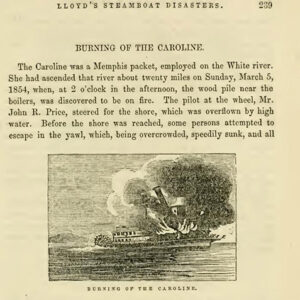 Caroline Steamboat Article
Caroline Steamboat Article
Carr, Eugene Asa
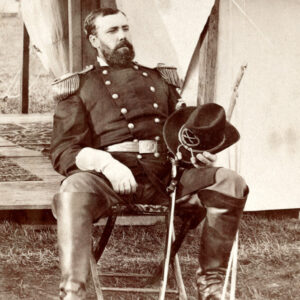 Eugene Asa Carr
Eugene Asa Carr
Carroll, Marion, and Searcy Counties, Scout to
aka: Skirmish at Richland Creek (December 25, 1863)
aka: Skirmish at Stroud's Store
aka: Skirmish at Buffalo River
Carrollton, Skirmish at (August 15, 1864)
Cassville, Missouri, to Cross Hollow, Scout from
Cassville, Missouri, to Huntsville and Yellville, Scout from
 Casualties List
Casualties List
Catterson, Robert Francis
Caulder, Peter
Cecil, John
Celeste
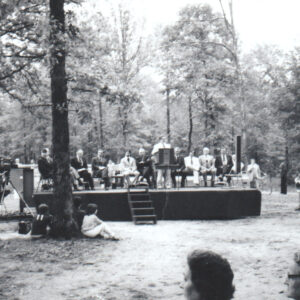 Cemetery Dedication
Cemetery Dedication
Central Arkansas Veterans Healthcare System
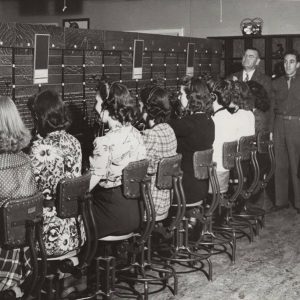 Chaffee Switchboard
Chaffee Switchboard
Chalk Bluff, Skirmish at (May 1–2, 1863)
Chalk Bluff, Skirmish at (May 15, 1862)
Cherokee Bay, Skirmish at
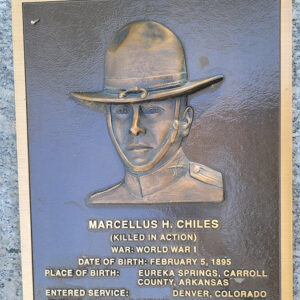 Marcellus H. Chiles Plaque
Marcellus H. Chiles Plaque
Chiles, Marcellus Holmes
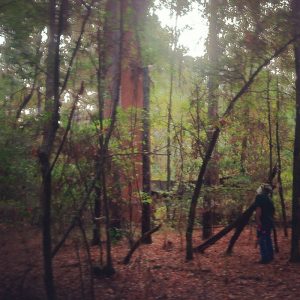 Chimney Remnants
Chimney Remnants
Chisum, John Greene
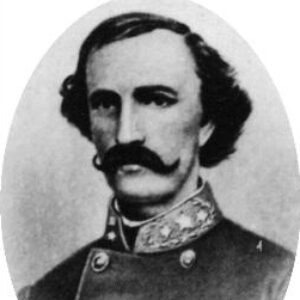 Thomas Churchill
Thomas Churchill
Churchill, Thomas James
Churchill’s Arkansas Division (CS)
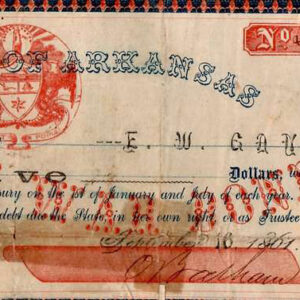 Civil War Bond
Civil War Bond
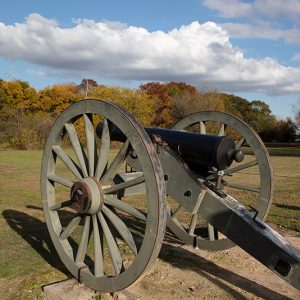 Civil War Cannon
Civil War Cannon
Civil War Markers and Memorials (Outside Arkansas)
Civil War Medicine
Civil War Pensions
Civil War Recruitment
Civil War Refugees
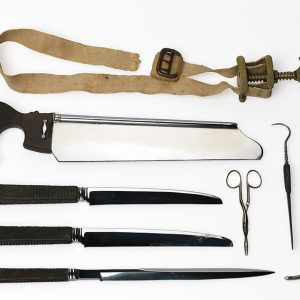 Civil War Surgical Instruments
Civil War Surgical Instruments
Civil War Timeline
Civil War Veterans’ Reunions
Clarendon Expedition (August 4–17, 1862)
Clarendon Expedition (October 16–17, 1864)
Clarendon, Skirmish at (June 26, 1864)
Clark, Wesley Kanne
Clarksville Confederate Monument
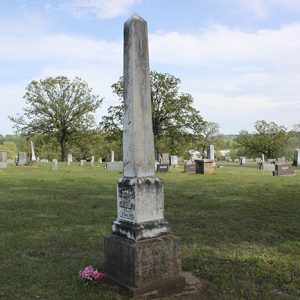 Clarksville Confederate Monument
Clarksville Confederate Monument
Clarksville National Guard Armory
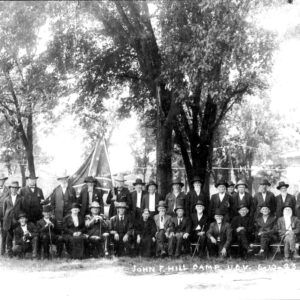 Clarksville UCV
Clarksville UCV




